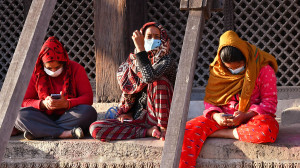Columns
Empowering widows, promoting rights
As we mark International Widows Day, we must dismantle discrimination and invest in their empowerment.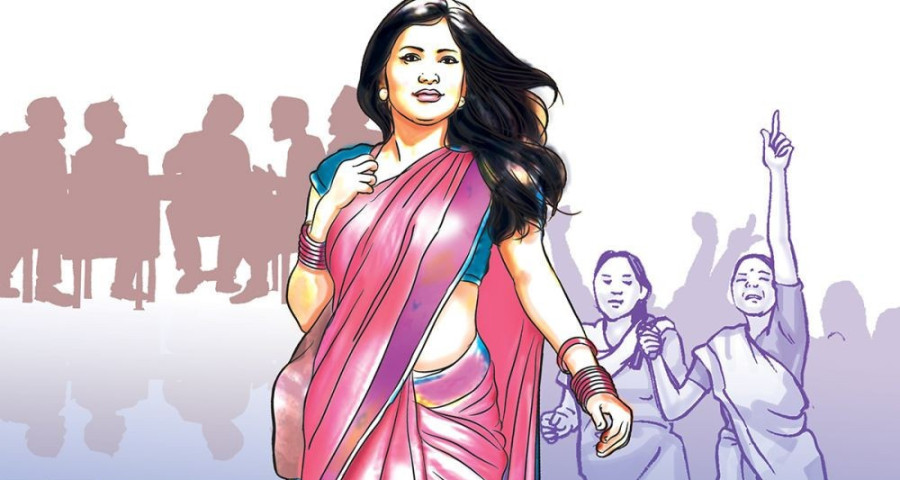
Lily Thapa
Every year on June 23, the world observes International Widows Day. But for over 258 million women globally, the impact of widowhood is not confined to a single day of recognition. It is a lived reality shaped by systemic exclusion, persistent poverty and cultural discrimination. Widowhood remains one of the most overlooked human rights and gender issues of our time. It cuts across geography, age, religion and socioeconomic status, affecting women in vastly different societies, resulting in a shared outcome: marginalisation.
Widowhood is an experience marked by cruelty in patriarchal societies, where a woman’s identity is tightly bound to her husband. The death of a spouse is not just a personal loss, but a rupture in her legal status, social identity and economic foundation. In many communities, widows are denied inheritance, forced from their homes, or blamed for their husbands’ deaths. They are often deemed inauspicious and excluded from religious and social events. For millions of women, widowhood translates into abandonment, vulnerability and invisibility.
Globally, more than 115 million widows live in extreme poverty, with over 80 million suffering from violence, displacement, or social ostracism. Widowhood is rarely factored into development frameworks, and most governments do not maintain specific data on widows. This invisibility perpetuates cycles of neglect, preventing the creation of tailored policies or social protection programmes that could address their needs.
The injustice does not end with cultural stigma. In many parts of the world, widows experience legal barriers that deny them their basic rights. Inheritance laws, where they exist, are often poorly enforced or undermined by customary practices. In countries across South Asia and sub-Saharan Africa, widows are frequently disinherited by in-laws, especially if they have no sons.
In conflict-affected regions, the situation is even worse. Widowhood becomes more prevalent during and after conflicts, but transitional justice processes rarely address the distinct experiences of widows. They are left without land, compensation, or recognition, even when their husbands were victims of conflict.
This intersection of widowhood and transitional justice is critical. Widows of those killed or disappeared during armed conflict carry not only the emotional trauma of loss but also the burden of sustaining families alone, often in societies that restrict women’s mobility and economic agency. Yet transitional justice mechanisms—truth commissions, reparations programmes and legal redress—seldom focus on the gendered nature of conflict-induced widowhood.
Widows’ movement in Nepal
Nepal provides a powerful case study of the problem and the potential for transformation. As per the census 2021, there are 8 percent widows among the female population, with 86 percent having no formal education, with an average of three to four children. Nepal’s widowhood crisis gained visibility after the decade-long armed conflict that ended in 2006. The civil war left 9,000 women widowed, many of them young and without support. In the years that followed, widows faced entrenched discrimination: They were expected to wear white, abstain from festivals and remain in mourning indefinitely. Cultural practices reinforced their isolation, while state policies lacked adequate recognition of their plight.
However, Nepal is also the site of one of the most vibrant and impactful widow movements in the world. Spearheaded by organisations like Women for Human Rights, Single Women Group (WHR), the widow movement in Nepal reframed the narrative. Rather than passive victims, widows began organising as rights holders. They formed collectives, advocated for social, cultural and legal reforms, and engaged with the government to change discriminatory policies.
This activism led to several breakthroughs. The Supreme Court of Nepal recognised the vulnerability of widows and called for special protection measures. Cultural mandates, such as wearing white or shaving one’s head, lost formal and social enforcement in many areas. Widows began participating in cooperatives, owning land and even contesting local elections. Their efforts reached across Nepal, organised with 200,000 widows in a single women’s group, as a collective force that offered solidarity, economic support and leadership building.
International Widows Day on June 23 resonates in Nepal as it symbolises how far the movement has come and has still to go. The day serves as a reminder that widowhood must be understood as a political, economic and gendered issue. It calls on governments to end widow discrimination, incorporate widowhood into national gender strategies and ensure their rights are protected under law.
The statistical picture of widowhood in Nepal is revealing. Most widows are under 40, a result of early marriages, maternal mortality and the legacy of conflict. Most have little or no land ownership, and many lack formal education. These women are left to navigate single parenthood, poverty and social stigma on their own. While Nepal has progressed in pension support and legal reform, implementation gaps persist. Widows continue to face hurdles accessing justice, property, or economic opportunities.
Looking forward, a rights-based approach is essential. Governments must reform and enforce laws that guarantee widows’ inheritance and property rights. This includes harmonising statutory and customary legal systems to ensure that widows are not disinherited. Widows must be included in national development programmes, particularly those related to livelihoods, health care and housing. Targeted financial services, skills training and cooperative models can help them regain economic agency.
Most importantly, the stigma must be actively dismantled. Public campaigns, school curricula and religious institutions must challenge the social norms that frame widows as burdens or outcasts. Widows should be supported in leadership roles in community development and political decision-making. Transitional justice processes must incorporate the voices and experiences of widows. Reparations, truth-telling and legal redress programmes must explicitly address the gendered dimensions of conflict-related widowhood, including land restitution and symbolic recognition.
Role of the UN
The United Nations has a vital role in elevating widowhood as a core human rights issue. Widowhood must be explicitly integrated into international human rights resolutions and declarations, particularly those addressing gender-based violence, social protection and post-conflict recovery. Widows must be included as a distinct demographic needing targeted attention and resources.
Given the growing number of armed conflicts worldwide and their disproportionate impact on women, the UN should commission a global study to examine the effects of conflict on widowhood and the gaps in transitional justice for them. Moreover, it is time to appoint a Special Rapporteur on Widowhood under the UN Human Rights Council. This role would be crucial in monitoring violations, promoting legal reforms and ensuring that the millions of widows worldwide are no longer treated as invisible victims, but as empowered rights holders.
If addressed with sensitivity and justice, widowhood can become a site of empowerment. Nepal has shown what is possible when widows organise, speak out and demand change. But their movement requires allies—from governments, donors and the international community. As we mark International Widows Day, we must end the silence, dismantle the discrimination and invest in the dignity and leadership of widows worldwide.




 13.12°C Kathmandu
13.12°C Kathmandu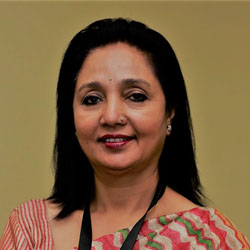
.jpg&w=200&height=120)
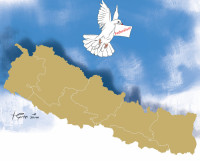
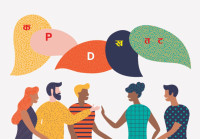
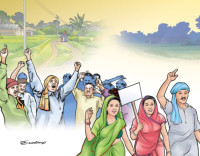


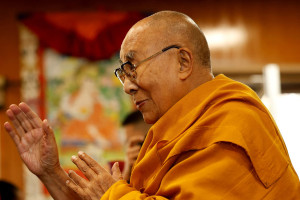
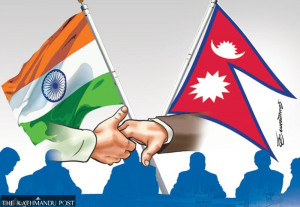





%20(1).jpg&w=300&height=200)

